Fort Jay
Fort Jay was initially built in 1776 to protect New York City from the British Navy, and although it was not completely successful, concerns about the fort aided Washington's strategic retreat after the defeat in the Battle of Brooklyn. The fort was named for John Jay, one of the country's founding fathers.
In the 1790s, the earthworks were rebuilt in anticipation of a war with France that never materialized and the gatehouse may date from that time. From 1806 to 1809 the earthworks were replaced with granite and brick walls and a dry moat designed by Army Chief Engineer Jonathan Williams.
The fort's importance diminished with the construction of Fort Hamilton and Fort Wadsworth in the Narrows and brick barracks were built to replace wooden barracks inside the fort. During the Civil War the fort was ringed with 50 Rodman cannons and the barracks were used to temporarily house captured Confederate officers. Although advances in artillery made the fort obsolete in the early 20th century, the cannons survived until 1942 when all but three were scrapped for the war effort.
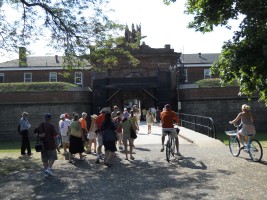
Fort Jay entrance
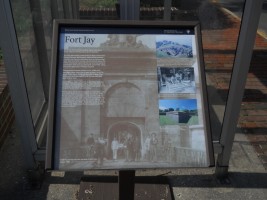
Fort Jay historic sign

Southeast dry moat
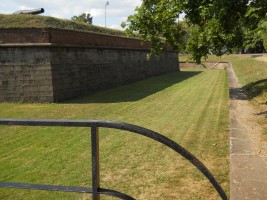
Northeast dry moat
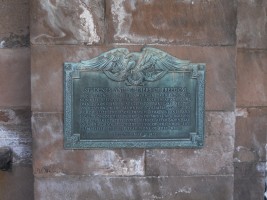
Soldiers and Sailors of Freedom plaque
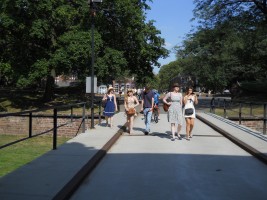
Entry ramp
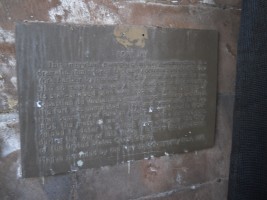
New York Community Trust plaque
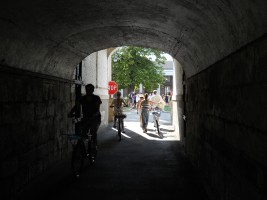
Entry tunnel
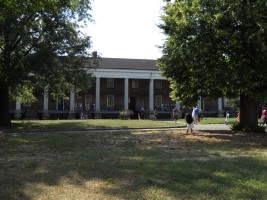
Courtyard

Barracks
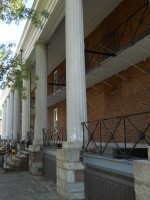
Columns
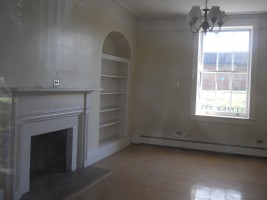
Interior of barracks
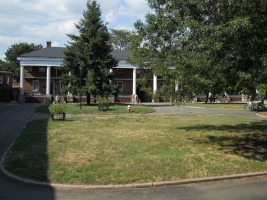
Courtyard

Barracks
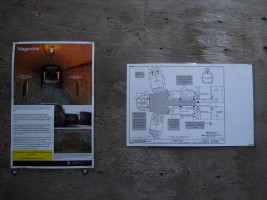
Magazine diagram

Magazine chamber
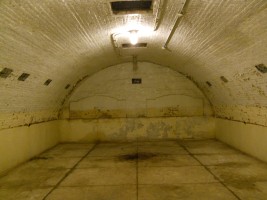
Magazine chamber

Magazine chamber
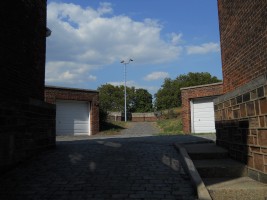
Pathway to cannons

Eastern cannon
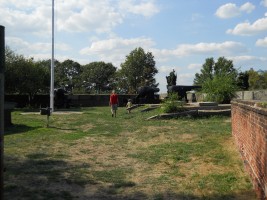
Three surviving cannons
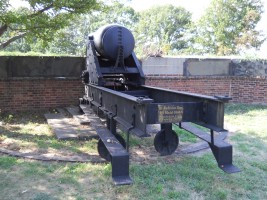
Western 10' Rodman Gun
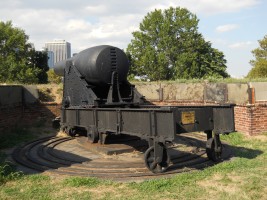
Central 15' Rodman Gun
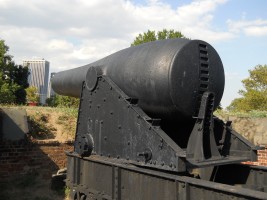
15' Gun
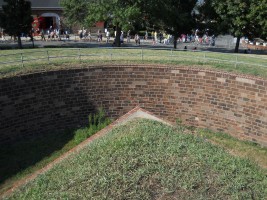
Looking down into the northern moat
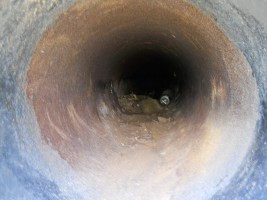
Looking down the barrel
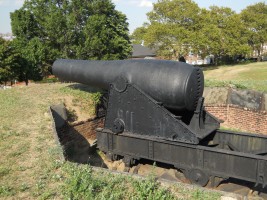
15' Gun
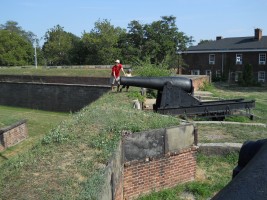
Eastern 10' Gun
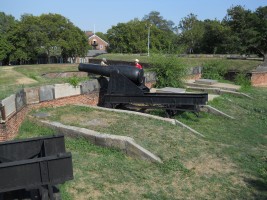
Eastern 10' Gun
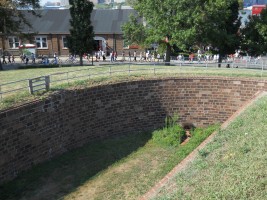
Looking down into the eastern moat
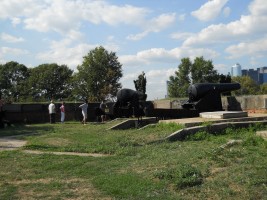
The central and eastern cannons
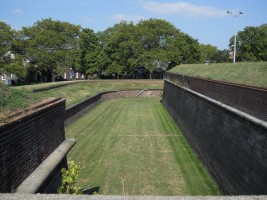
The northeast moat
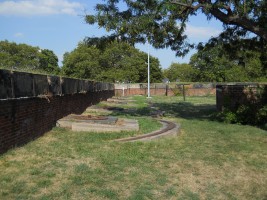
Unused cannon mounts
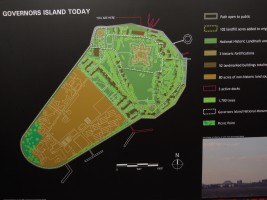
Governors Island map
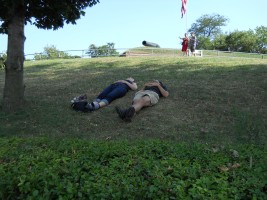
Resting on the northern glacis